Tim Murray
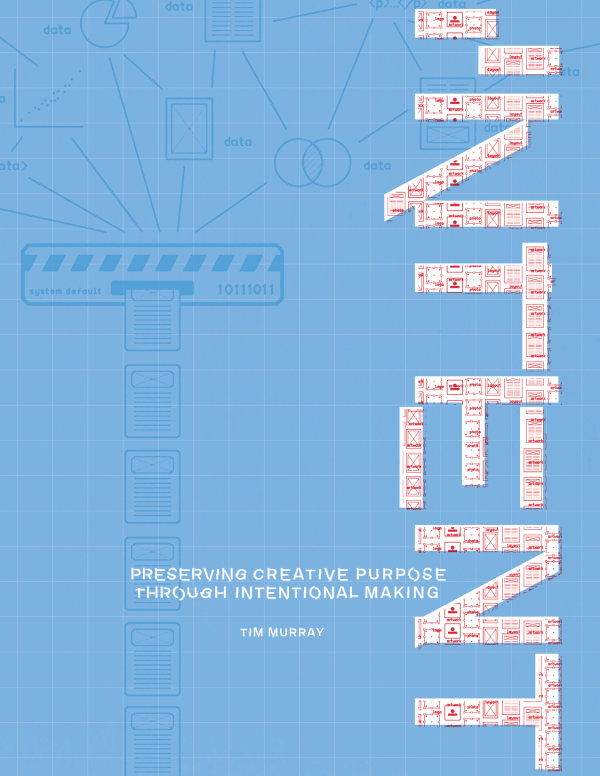
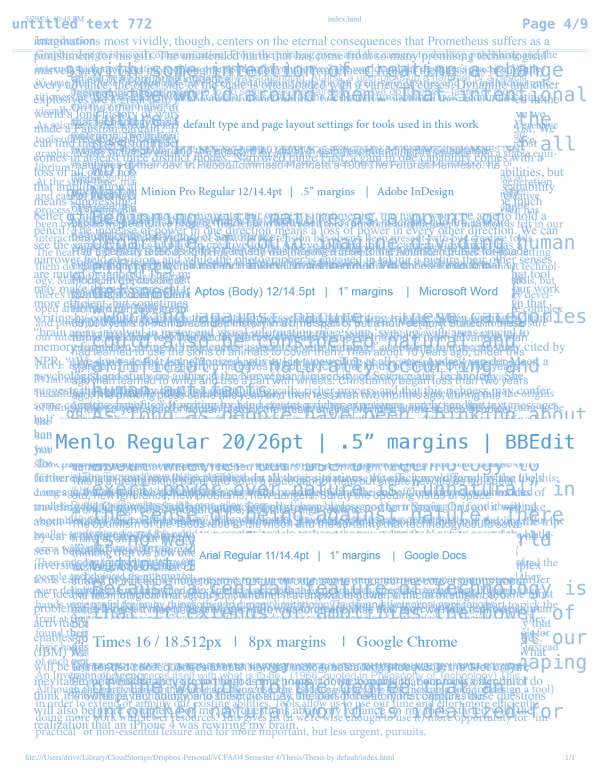
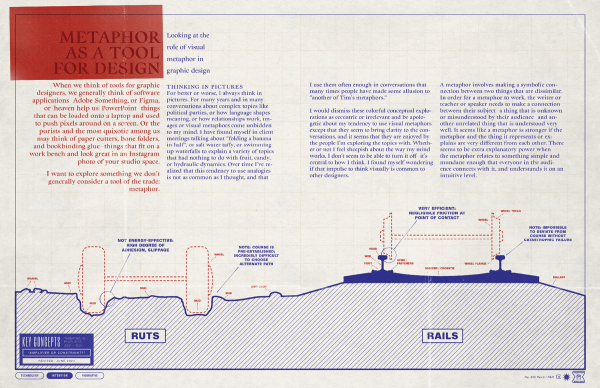
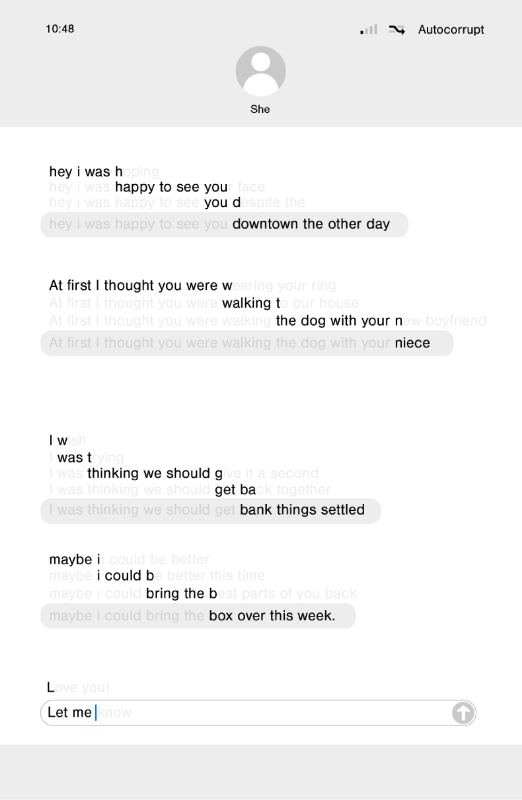
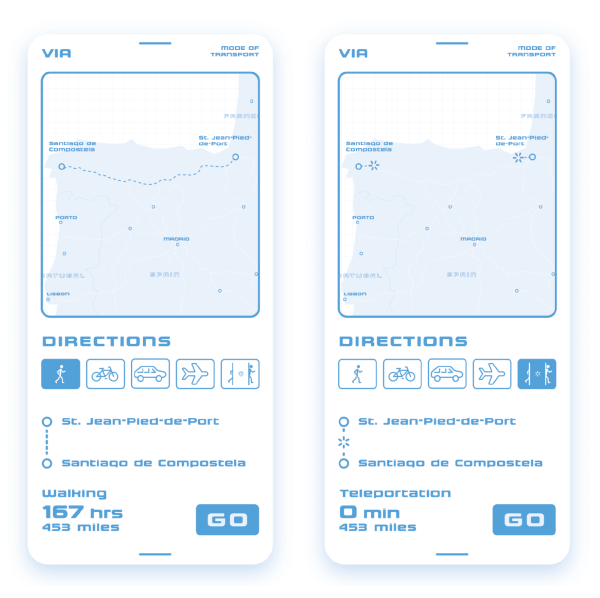
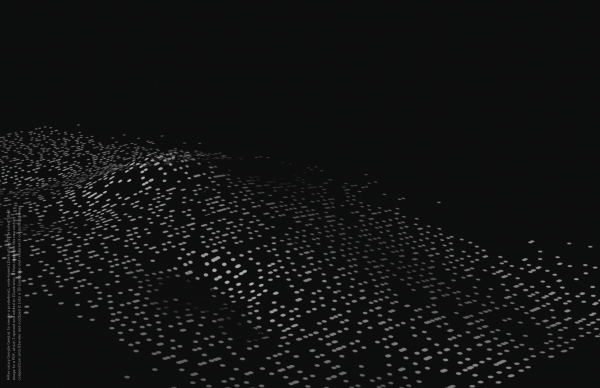
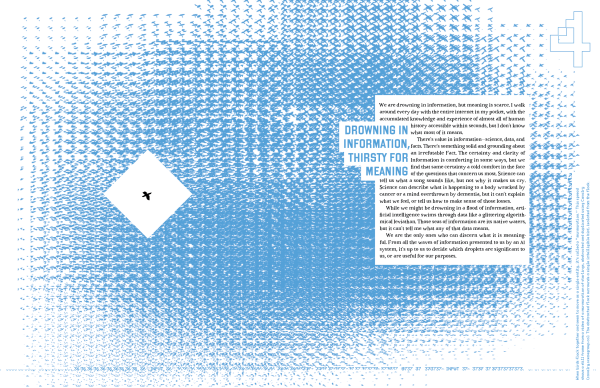
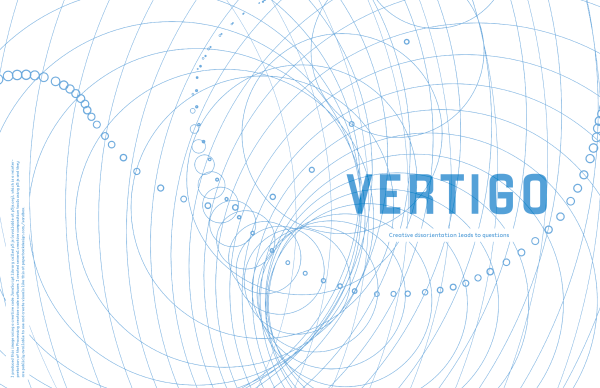
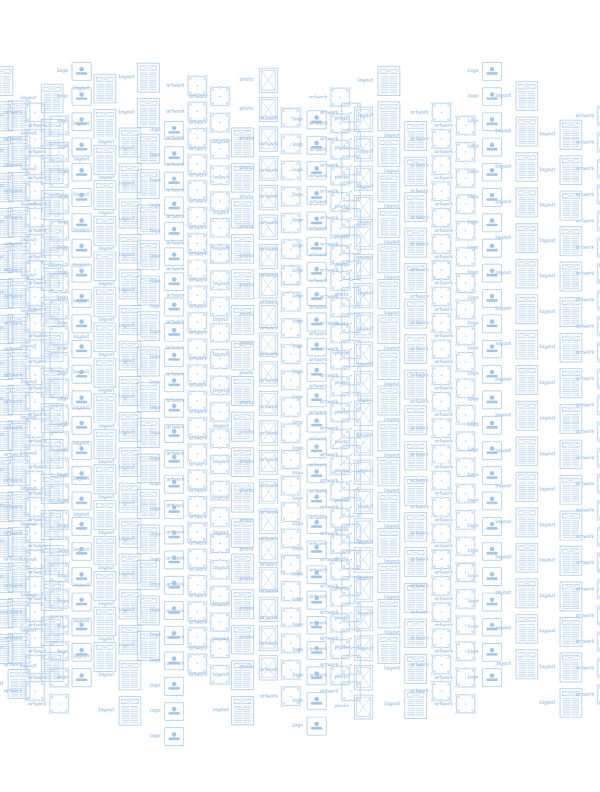
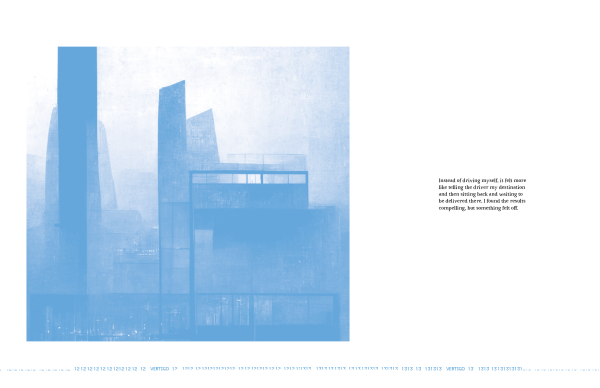
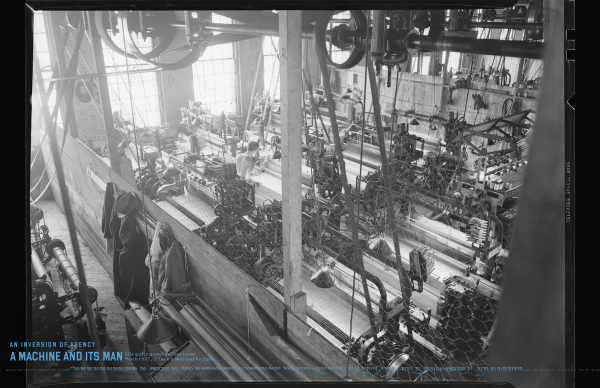
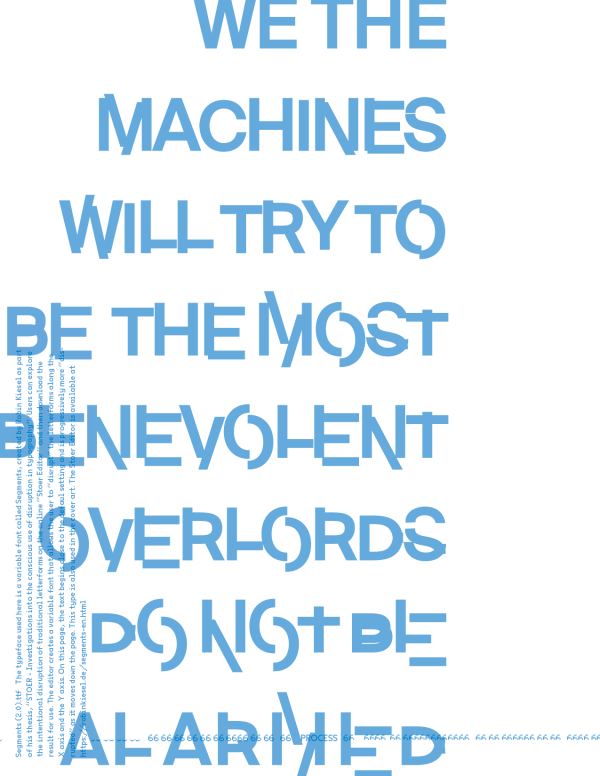
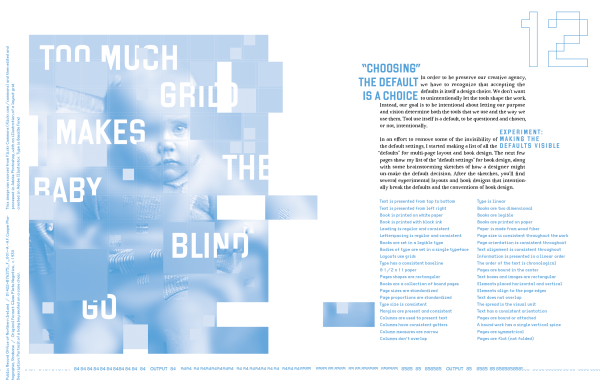
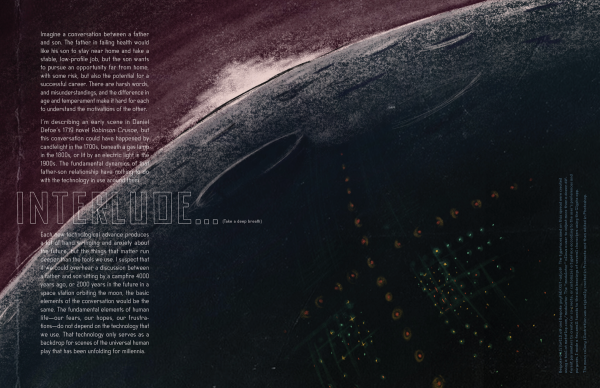
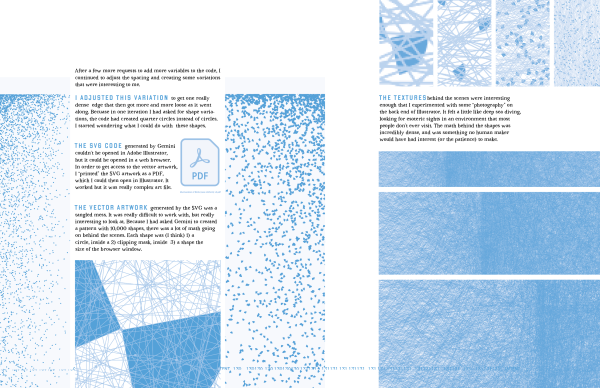
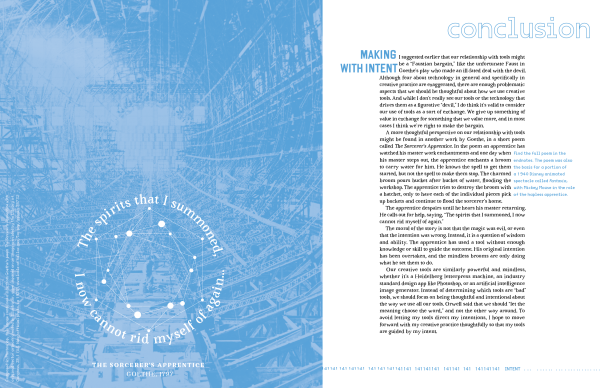
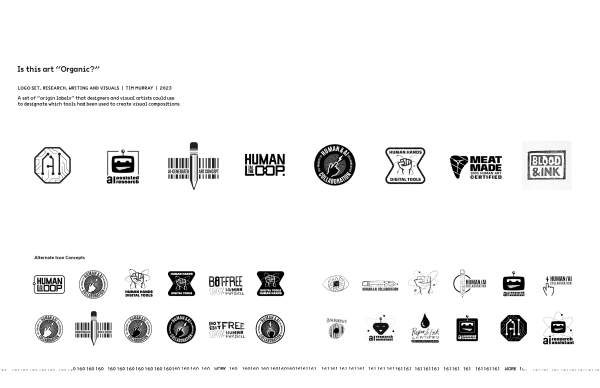
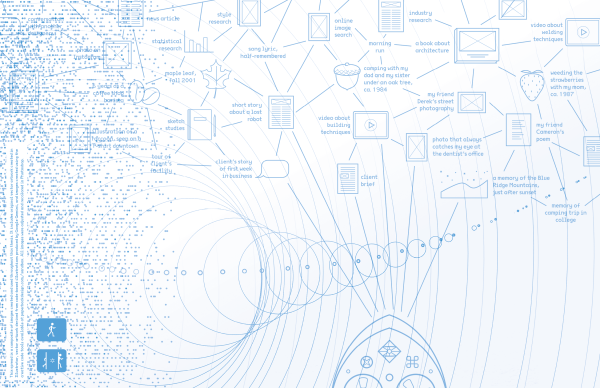
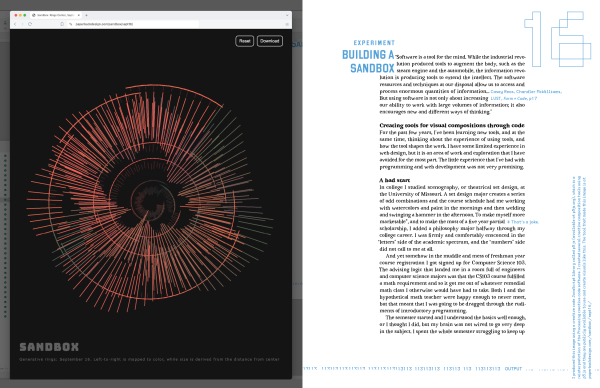
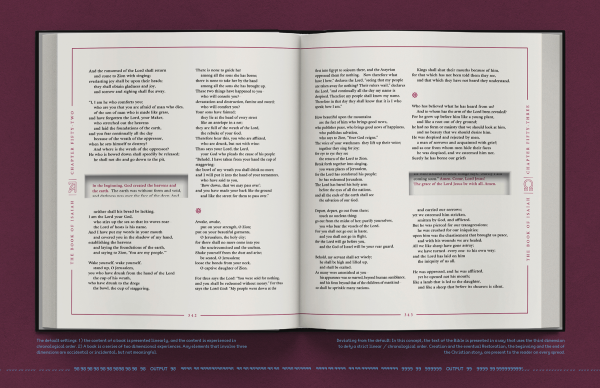
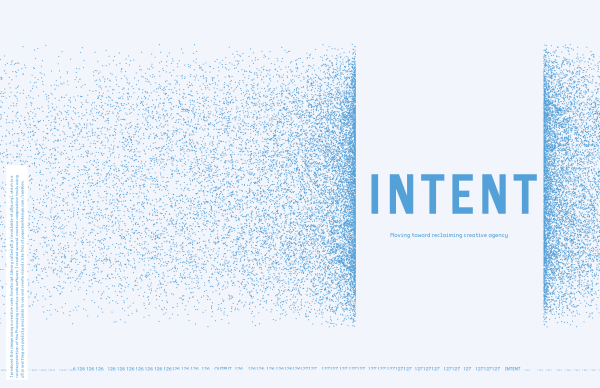
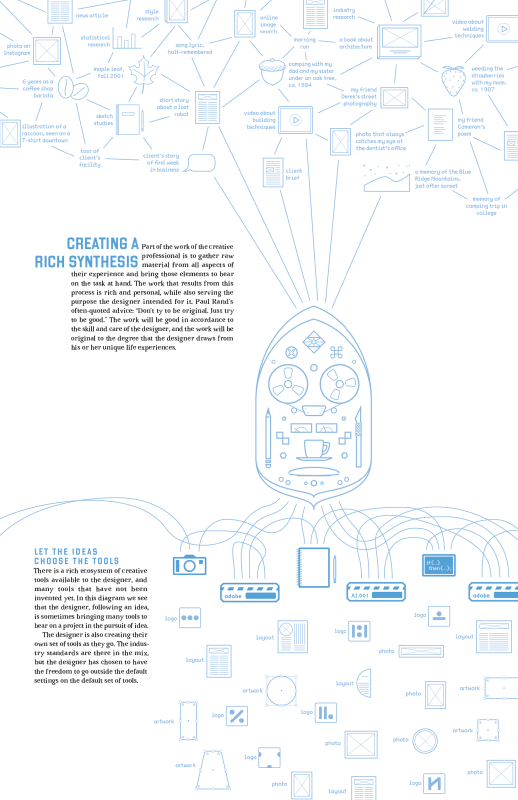
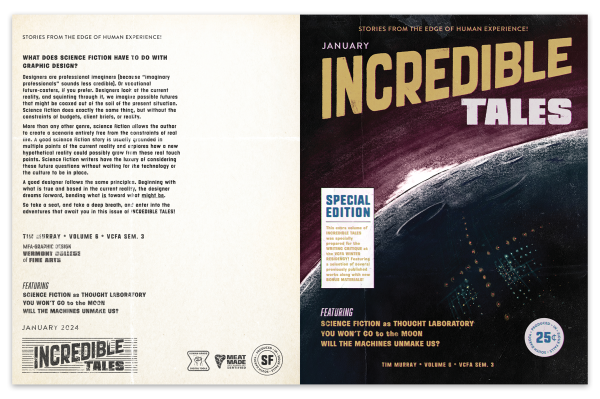
INTENT
Graphic design is visual communication. From the printing press and the camera to desktop publishing and the internet, each new creative tool has promised to “revolutionize“ the world and the designer’s practice. While it’s true that these “revolutions” have been destabilizing both for the creative industries and for individual practitioners of the craft, each new tool stands at the service of the designer’s fundamental task—communicating visually.
As seismic as the arrival of artificial intelligence has been, AI is only the most recent in a long history of creative tools offered to graphic designers. For all the utopian and dystopian projections about artificial intelligence, graphic design and other creative practices will incorporate these new technologies and settle into a stable equilibrium.
Creative vertigo
At the same time, many people using generative AI tools feel a sense of creative vertigo. The pace of generation and ease of iteration using AI can feel like slipping from the driver’s seat to the passenger seat in the creative process. As compelling as the end product may be, there is still a sense of loss—a feeling that that some important part of the self is being bypassed. Many creative professionals are uneasy about losing creative agency to our increasingly powerful tools, but there’s no inherent value in choosing an arbitrary moment in history and refusing to use any technology developed after that date. This tension between a tool’s outcome and the user’s intention is felt in our interactions with artificial intelligence now, but the tension has always been present with our creative tools.
Let the meaning lead the making
A designer’s task is to make sure our intentions direct our tools and not the other way around. Tools are intended to amplify and extend our capabilities, but as they become more complex and capable, it becomes easier to surrender our agency to them. The fundamental pressure on our intentions doesn’t come from artificial intelligence or from technology—it comes from our tendency to use our tools passively, letting them shape the direction of our work. We have to explore ways to use the powerful tools that facilitate our lives without letting them do the living for us.
VIEW THESIS